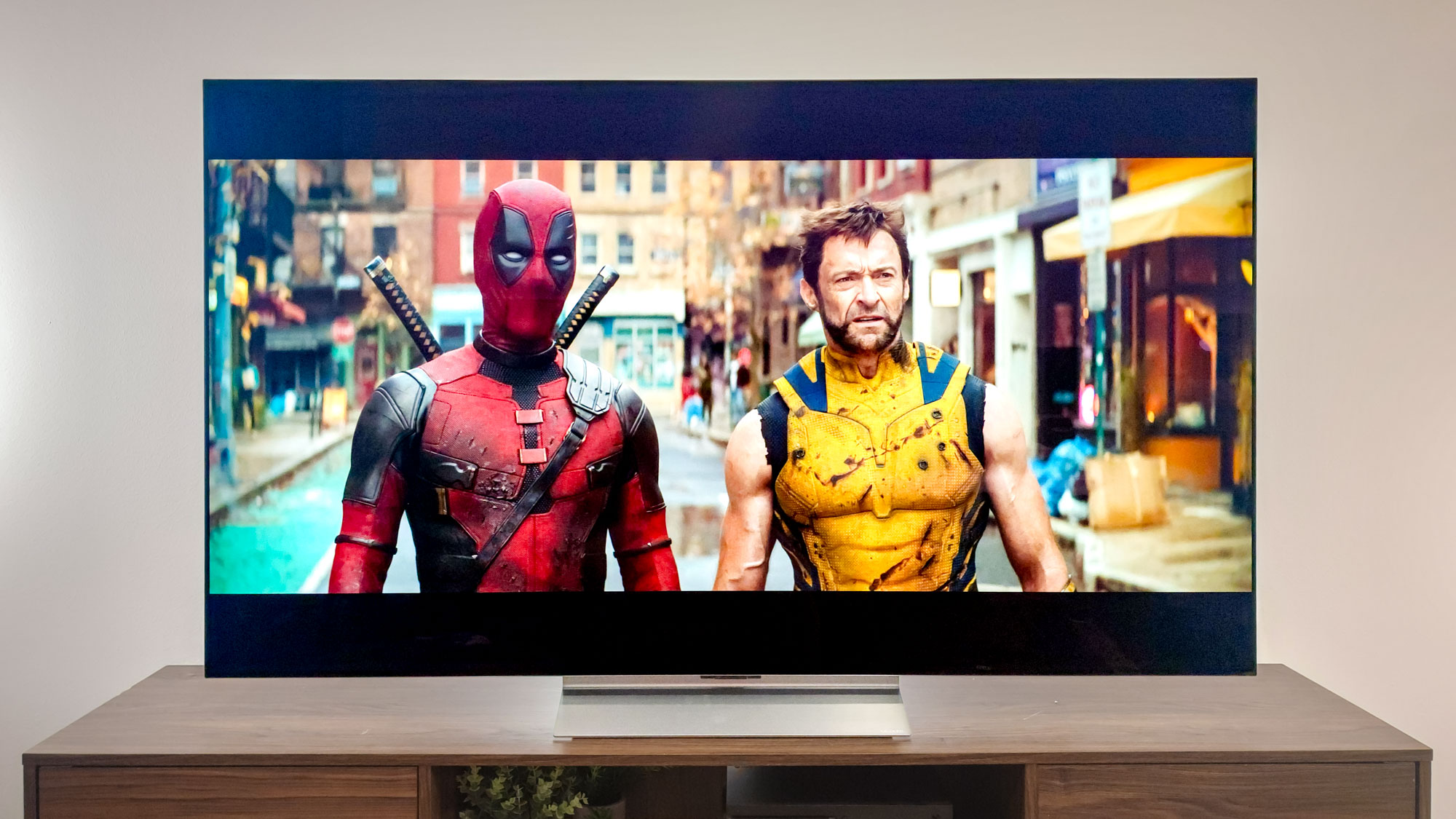iPhone 15 upgrade guide — who should get it and who should skip it
Here's what to expect if you decide on a new iPhone
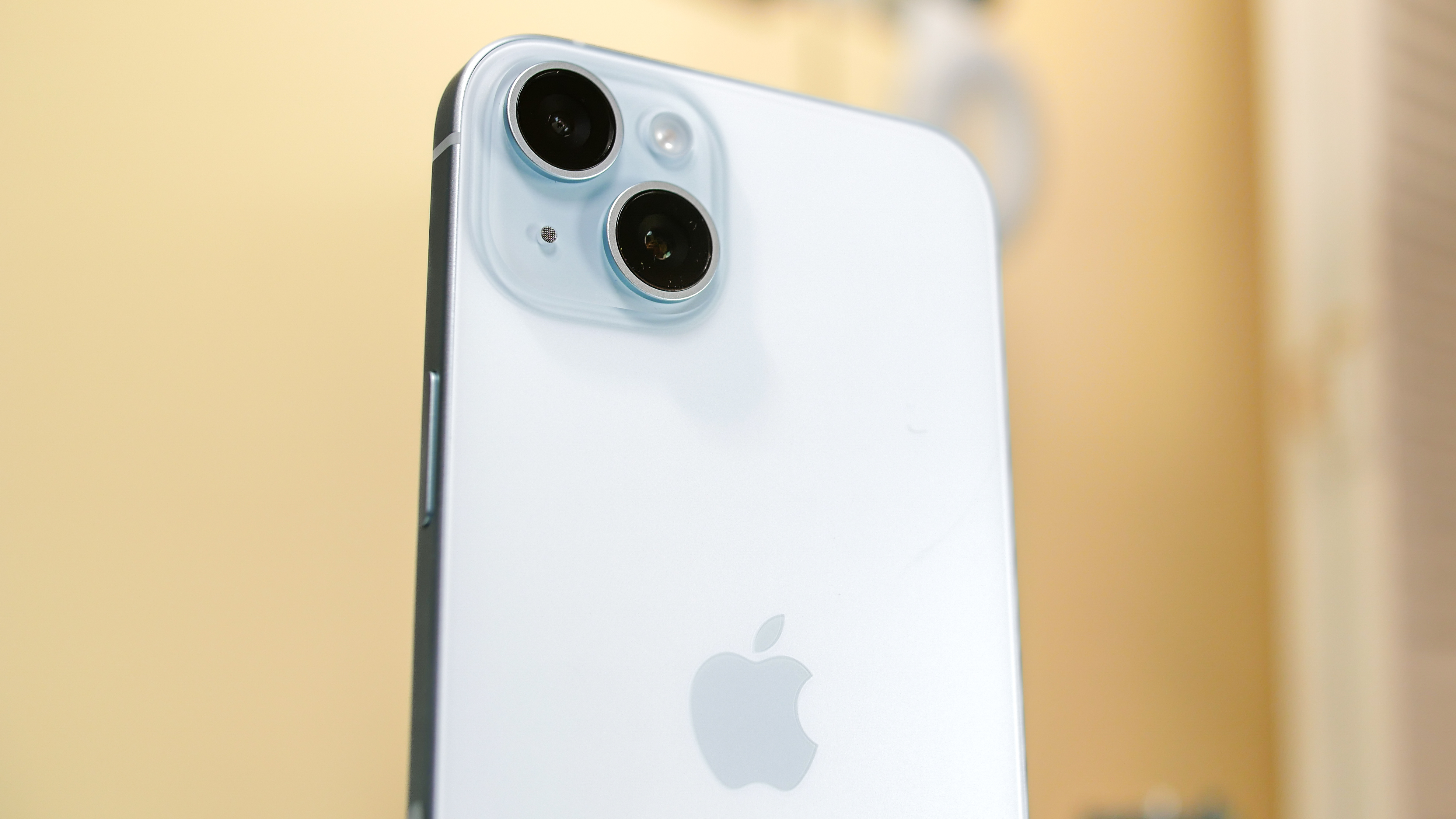
The iPhone 15 has reached retail shelves, but you haven't yet mashed the buy button to get your hands on a new phone. Maybe you've been waiting to digest all the iPhone 15 reviews. Maybe you've been waiting for the right iPhone 15 details. Or maybe you just can't decide whether the iPhone 15 is enough of a jump forward to upgrade from your current iPhone.
We can help with that. Tom's Guide has been reviewing smartphones for over 10 years, including extensive tests and evaluations of every recent iPhone that's come out of Cupertino. So we're in a strong position to detail just what's changed over the years to help you understand what kind of improvements to expect should you take the plunge on an iPhone 15.
For this exercise, we're going to restrict ourselves to comparisons between the base models that came out in recent years — in other words, we're looking at the standard iPhone instead of the Pro models. (Our iPhone 15 vs. iPhone 15 Pro comparison can help you figure out the differences you'll get by opting for the more expensive Apple phones.)
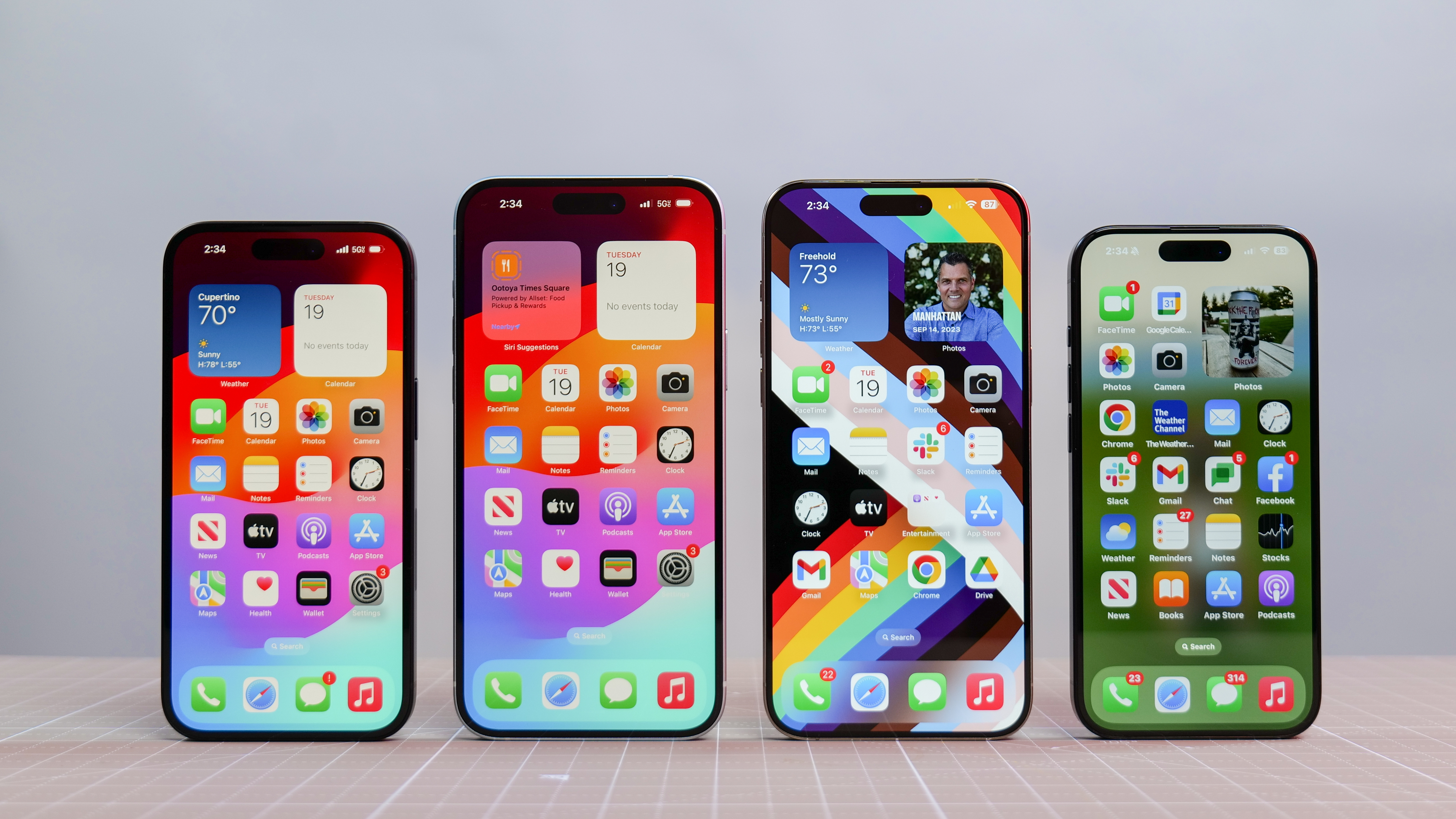
We're going to provide brief summaries of what's changed to each iPhone model dating back to the iPhone 11. That's four years of iPhone updates, which should give you a pretty picture of what's new. If you're holding on to any of the models that came out in 2018 — that'd be the iPhone XR in addition to the XS and XS Max models — it's safe to say that there have been enough changes in the past five years to justify an upgrade to the iPhone 15. And if your iPhone is even older, you should get a new handset anyway, since those models can't run the new iOS 17 update.
Here's how the iPhone 15 compares to recent models and what you get when you upgrade.
Should you upgrade to the iPhone 15 from the iPhone 14?
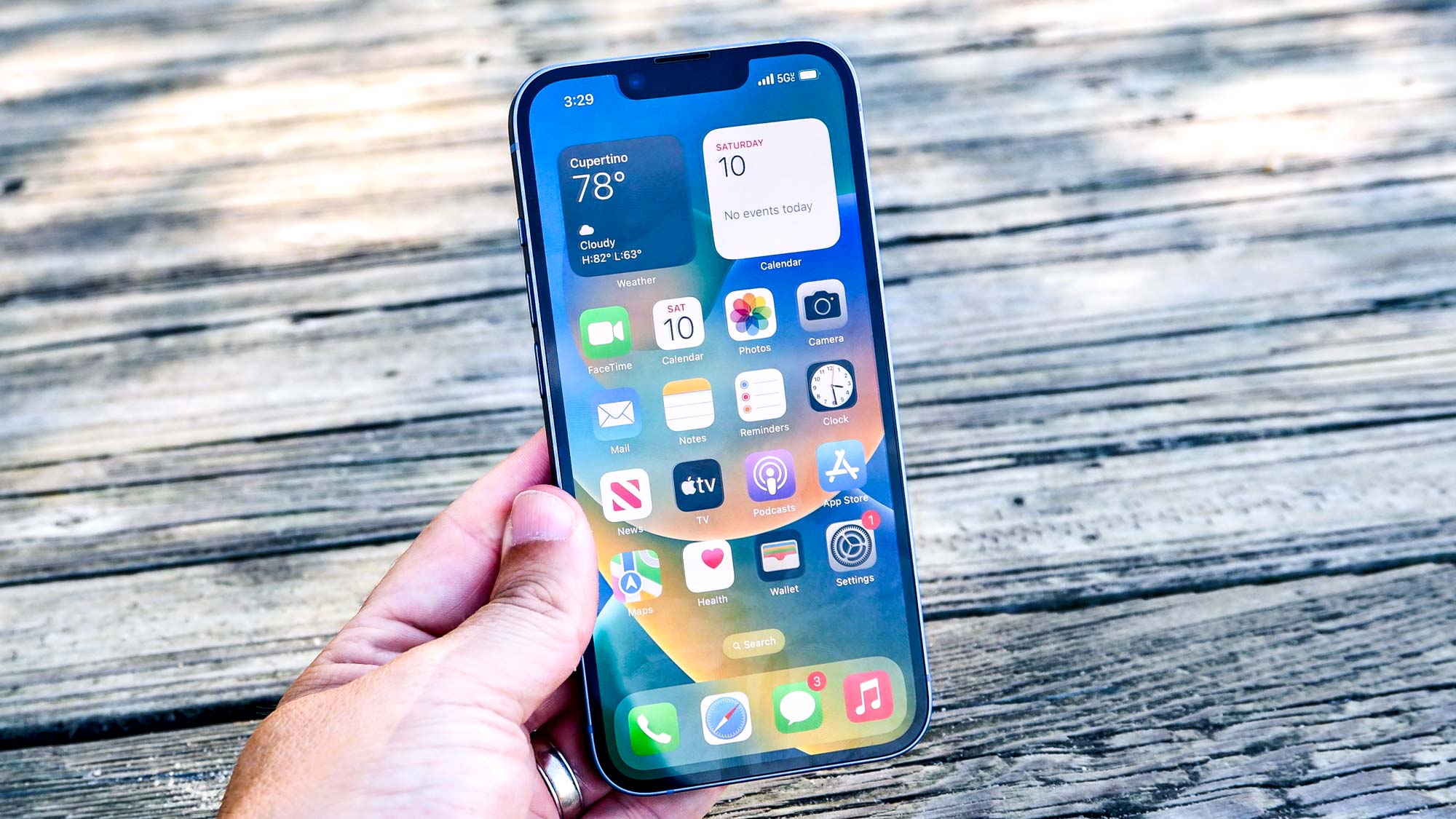
Most of the time, you won't find many significant changes from one generation of iPhone to the next. But an iPhone 15 vs. iPhone 14 comparison finds that's not the case here. Maybe it's because the iPhone 14 was a fairly minor upgrade from the iPhone 13, but you'll find some rather noteworthy changes here.
What you'll get by upgrading: While Apple gave the main camera on the iPhone 14 Pro a boost to a 48MP sensor, the regular iPhone 14 stuck with the 12MP camera found on previous iPhones. That's changed with the iPhone 15, which gets the upgraded main camera. As a result, you can shoot photos at full 48MP resolution, and even if you go with the default resolution on an iPhone 15, those 24MP shots should still contain more detail than what the iPhone 14 camera produces.
Sign up to get the BEST of Tom's Guide direct to your inbox.
Get instant access to breaking news, the hottest reviews, great deals and helpful tips.
The 48MP camera on the iPhone 15 also enables a 2x zoom feature where the main camera can crop in on a shot for a closer look. (The end result is a 12MP image.) You should see less noise and blur using this approach than you would get with the iPhone 14's digital zoom.
There's a chipset upgrade between the two phones, as the iPhone 15 graduates from the A15 Bionic in the iPhone 14 to A16 Bionic silicon. Evne though that's not as powerful as the A17 Pro powering the iPhone 15 Pro models, we still saw an uptick in performance. Even better, improved power management features on the A16 helped the iPhone 15 improved on the iPhone 14's battery life by more than an hour in our testing.
Finally, the iPhone 15 sports a new look, adopting the iPhone 14 Pro's Dynamic Island feature. The regular iPhone 14 is stuck with the notch dipping down into its front display. Speaking of screens, the iPhone 15's panel is brighter than the iPhone 14, though both feature a 60Hz refresh rate.
We should note that the iPhone 15 has a USB-C port to the the iPhone 14's Lightning port. There's no change in charging speeds, though, so all that it means is you'll need to update any current accessories that used the Lightning port.
Current iPhone 14 trade-in values from Apple: Trading in the most recent iPhone usually fetches the biggest return from Apple, and the iPhone 14 is no exception. An iPhone 14 can get you a return of up to $430, lowering the cost of the new phone to $369.
Verdict: No need to upgrade. Generally, we advise against jumping to a new iPhone after just one year. However, if you do want the latest and greatest technology and you've paid off a significant portion of your iPhone 14 purchase, the iPhone 15 does offer some great improvements.
Should you upgrade to the iPhone 15 from the iPhone 13?
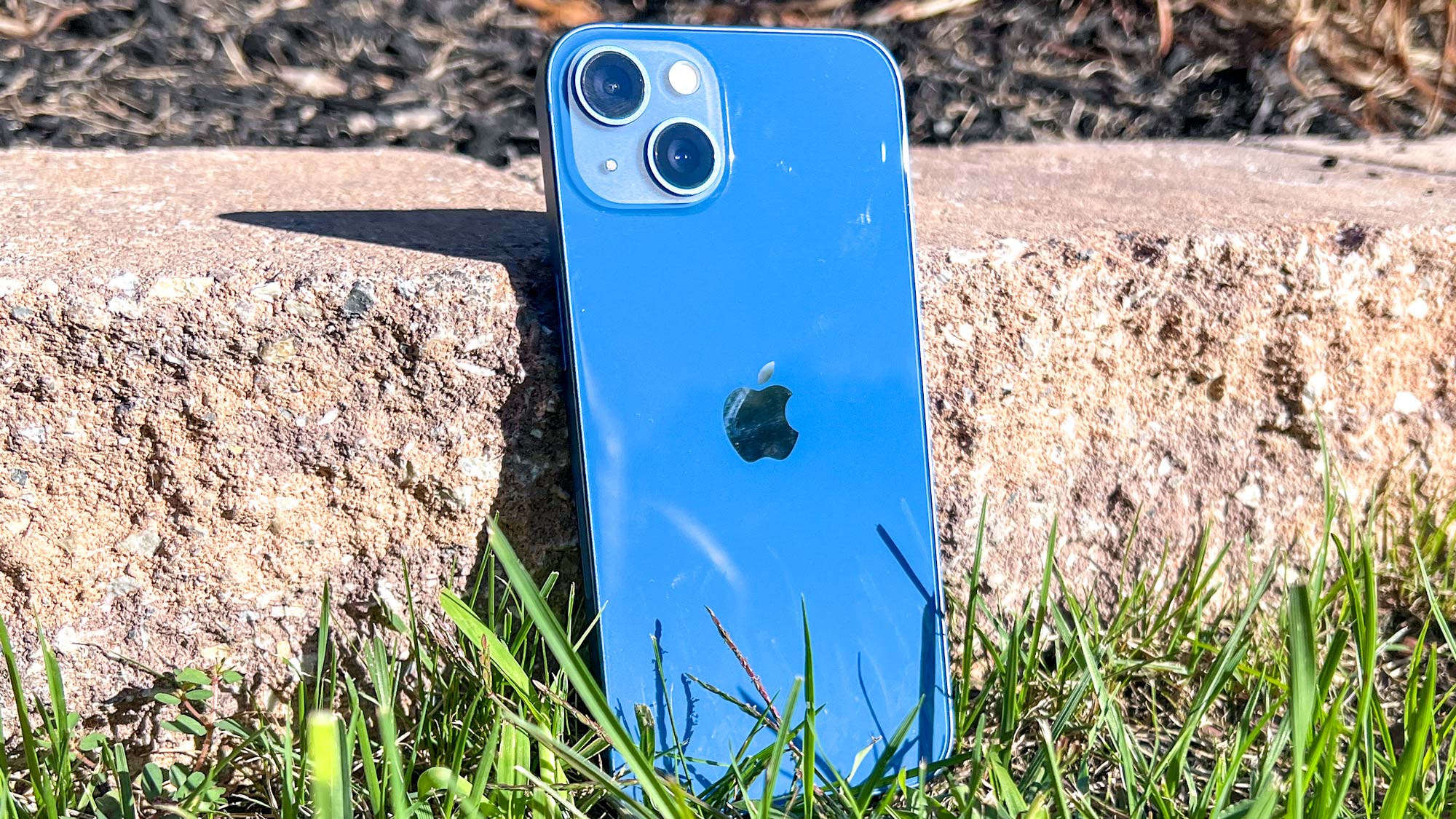
In many ways, the iPhone 13 is pretty similar to the iPhone 14, given how few changes Apple made from one model to the next. (Our iPhone 14 vs. iPhone 13 comparison goes into more depth on the differences.) That said, there are a few areas where iPhone 13 owners will see a significant lead forward if they jump to the iPhone 15.
What you'll get by upgrading: iPhone 13 owners will reap two of the big benefits that iPhone 14 upgraders would enjoy by switching to the iPhone 15 — the swap of the notch for the Dynamic Island and the main camera upgrade to a 48MP lens. The switch to USB-C from Lightning is relevant to iPhone 13 owners, too, though again, there's no real change in charging speeds.
Like the iPhone 14, the iPhone 13 features an A15 Bionic chipset. The A14's version had and extra core in its graphics CPU, so iPhone 13 owners may notice more of an uplift when gaming if they upgrade to the iPhone 15 and its A16 Bionic silicon.
Photography should be the biggest leap forward for any iPhone 13 owner who opts for Apple's new phone, and not just because the iPhone 15 offers that upgraded 48MP camera. The iPhone 13 missed out on the Photonic Engine that was introduced on the iPhone 14 to brighten images. With further photo processing improvements in the iPhone 15, you should expect big improvements to the look of your photos. You'll also get to experience the Action mode in video capture for the first time, meaning more stable videos even when you're moving around.
Current iPhone 13 trade-in values from Apple: iPhone 13 owners can expect up to $370 from Apple when they trade in their current device for an iPhone 15 purchase. That cuts the price of the new phone nearly in half.
Verdict: Tempting, but you can wait one more year. The upgraded camera and improved photo processing software would provide enough of a boost to make an iPhone 15 upgrade worth it for iPhone 13 owners, and that's before we consider the aesthetically pleasing switch to the Dynamic Island feature over the notch. You could squeeze one more year out of the iPhone 13 and not suffer performance or battery life issues if some of the rumored iPhone 16 changes sound more intriguing than the iPhone 15's improvements.
Should you upgrade to the iPhone 15 from the iPhone 12?
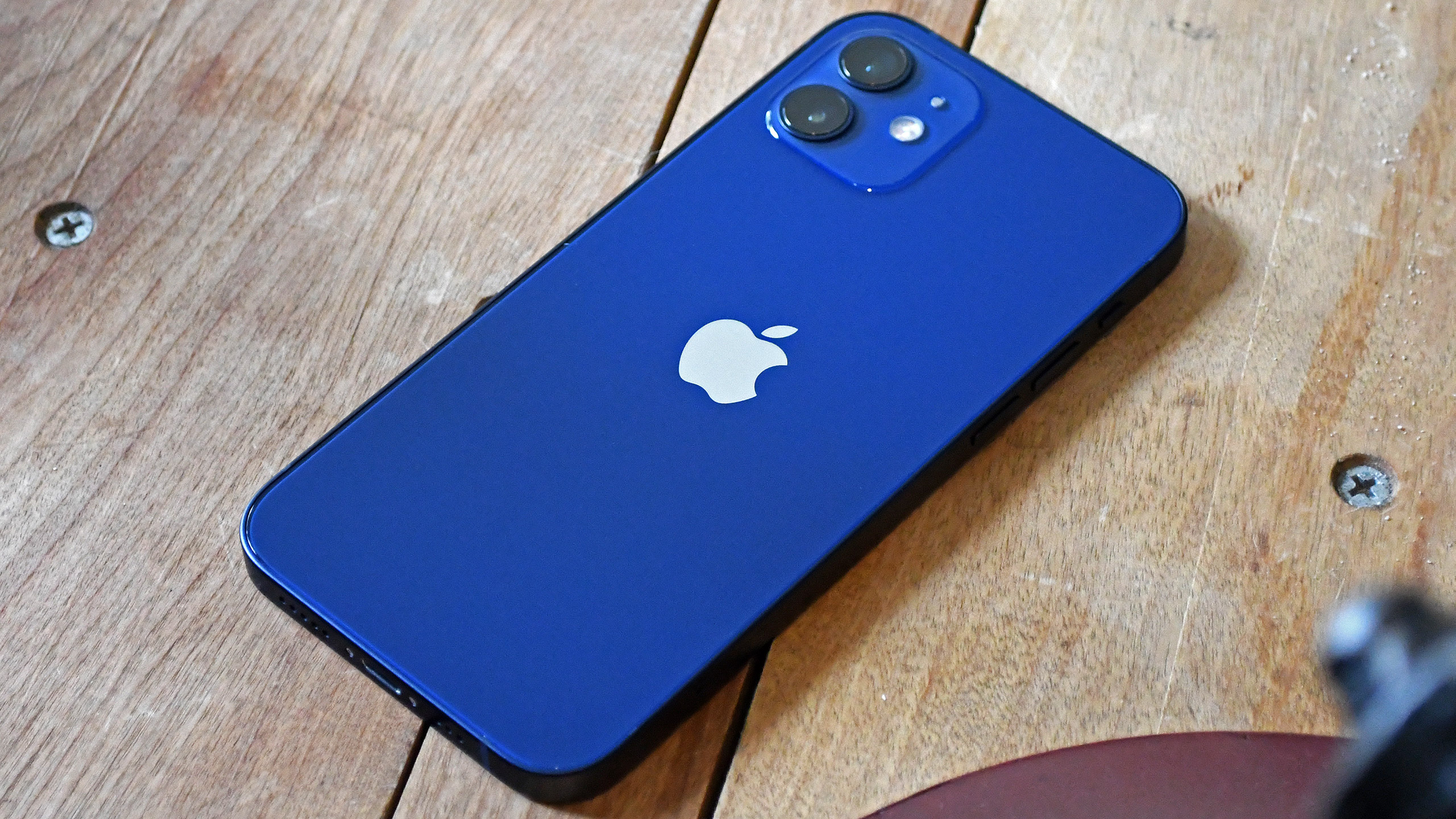
A lot can change in three years, as you'll see when you compare the iPhone 12 to the iPhone 15. This fall, Apple dropped the iPhone 12 from its lineup with the iPhone 15's introduction, which should tell you all you need to know.
What you'll get by upgrading: Not only does the iPhone 12 have a notch instead of a Dynamic Island cutout, the notch is pretty big. It wasn't until the iPhone 13 that Apple shrunk the notch down, so iPhone 12 users will feel like they're getting a lot more useable screen real estate when they switch to the newer model.
That's not the only difference you'll notice with your phone's display. The iPhone 13 marked the first time Apple ramped up maximum brightness on its entry-level phone to 1,000 nits, and these days, the iPhone 15 lists a peak of 2,000 nits. Our testing didn't hit that limit, but the 1,401-nit level we did reach was is much brighter than anything the iPhone 12 is capable of.
The iPhone 12 was the final model to feature 64GB of storage in its base model. Apple now offers 128GB, so get read for a lot more storage space should you upgrade.
Current iPhone 12 trade-in values from Apple: An iPhone 12 fetches up to $250 from Apple depending on its condition. If you've got the smaller iPhone 12 mini, your maximum return drops to $200.
Verdict: Strongly consider upgrading. Three years is a good run for a smartphone these days, and iPhone 12 owners will appreciate the extra storage, camera improvements and brighter display, with no notch to dim your outlook on the iPhone 15.
Should you upgrade to the iPhone 15 from the iPhone 11?
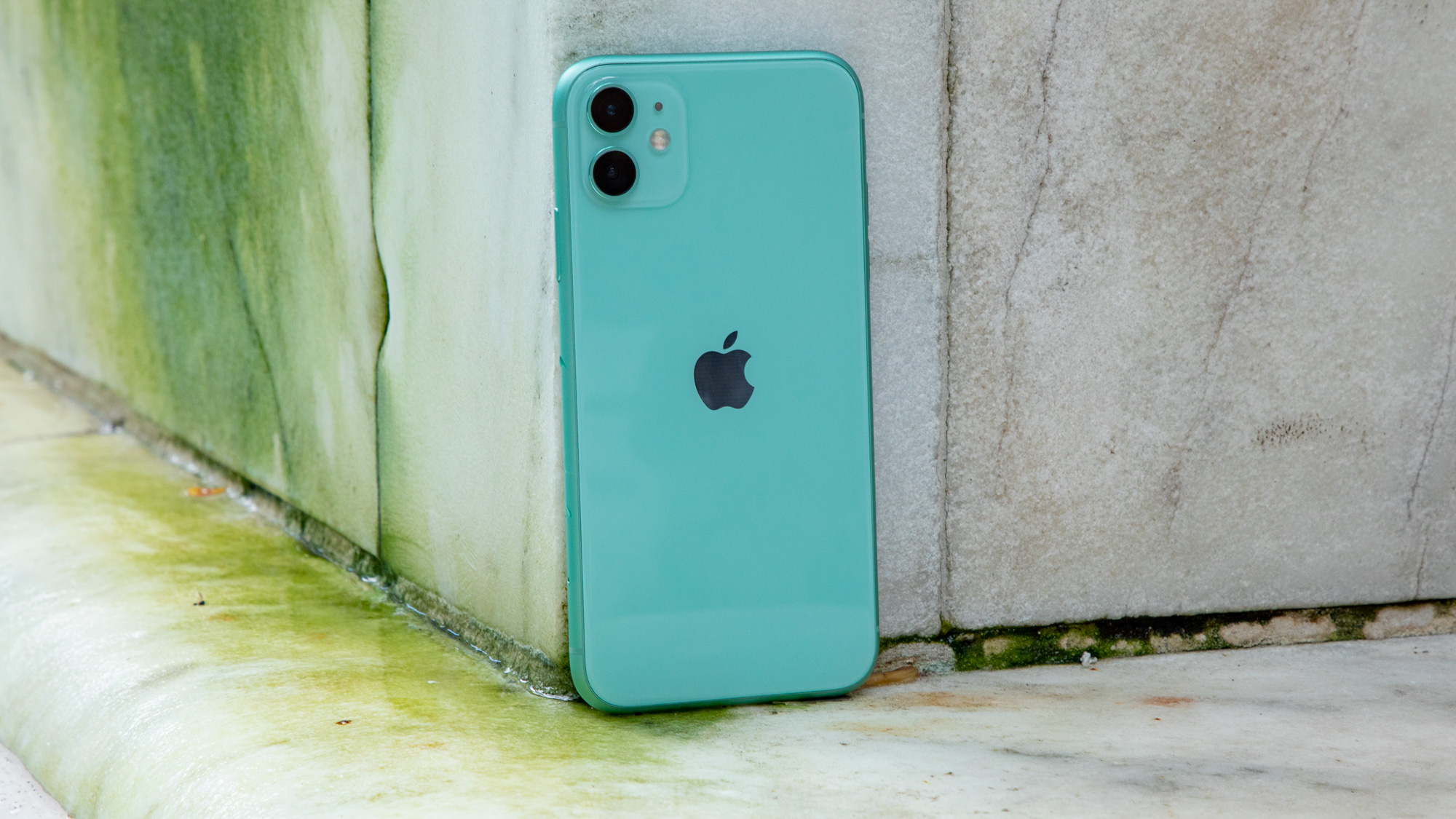
Four years is a lifetime in the world of smartphones, and that's how long it's been since the iPhone 11 has been out in the wild. You probably don't need much convincing from us that an update is probably overdue, but we can walk you through the biggest changes you're going to notice when you make the move to an iPhone 15.
What you'll get by upgrading: In many ways, the iPhone 11 marked a series of lasts for Apple's flagship phone. Outside of the budget-priced iPhone SE, it was the last one to feature an LCD panel instead of an OLED screen. The iPhone 11 also marked the last time Apple released an LTE-only flagship — the iPhone 12 ushered the iPhone into the 5G era. The iPhone 12 also introduced the Ceramic Shield, making the overall handset more durable.
So those three things alone will be a great leap forward for iPhone 11 users who upgrade to the 5G-support iPhone 15 with its OLED panel protected by the Ceramic Shield. And that's before we even consider the A13 Bionic chipset powering the iPhone 11. It was a fine chip in its day, but it's definitely showing its age now, and iPhone 11 users who upgrade will likely notice a big improvement with the A16 Bionic.
One thing that's not going to change with the iPhone 11 to iPhone 15 transition: Apple's new phone has gone back to rounded edges. That means iPhone 11 owners have missed the three-year period where Apple insisted on straight-edged phones — you lucky people, you.
Be prepared to pay more for your new phone than you did when you bought the iPhone 11. Back then, Apple charged $699 for its entry-level phone. In the intervening years, the asking price has gone up by $100.
Current iPhone 11 trade-in values from Apple: The trade-off for squeezing every last bit of life out of your iPhone is that you won't get much of a rebate by trading in your phone to Apple. The maximum return is up to $200 and that assumes a device in good condition.
Verdict: Upgrade. There is no reason, other than nostalgia or a a fear of USB-C, to hold on to that four-year-old iPhone 11 when an iPhone with a better processor, superior cameras and vastly improved display await you.
More from Tom's Guide
Philip Michaels is a Managing Editor at Tom's Guide. He's been covering personal technology since 1999 and was in the building when Steve Jobs showed off the iPhone for the first time. He's been evaluating smartphones since that first iPhone debuted in 2007, and he's been following phone carriers and smartphone plans since 2015. He has strong opinions about Apple, the Oakland Athletics, old movies and proper butchery techniques. Follow him at @PhilipMichaels.

